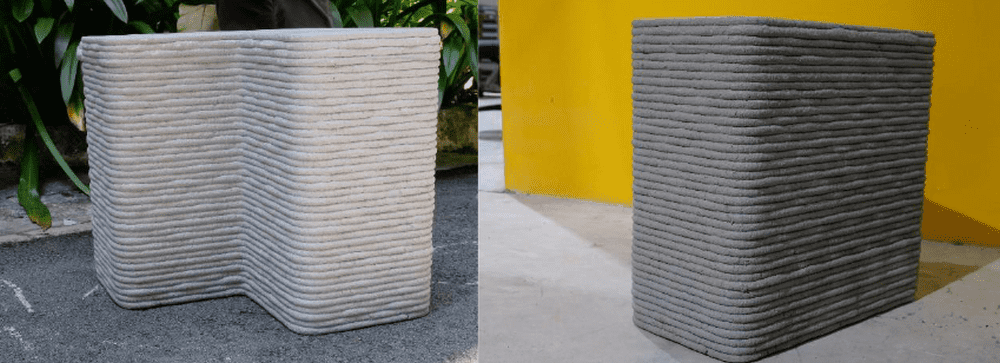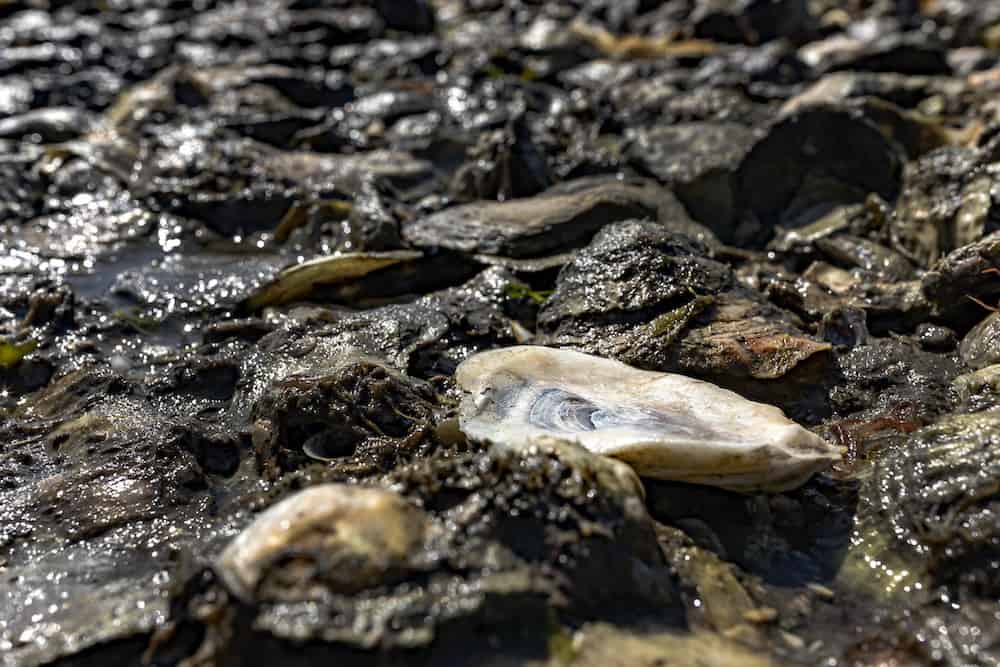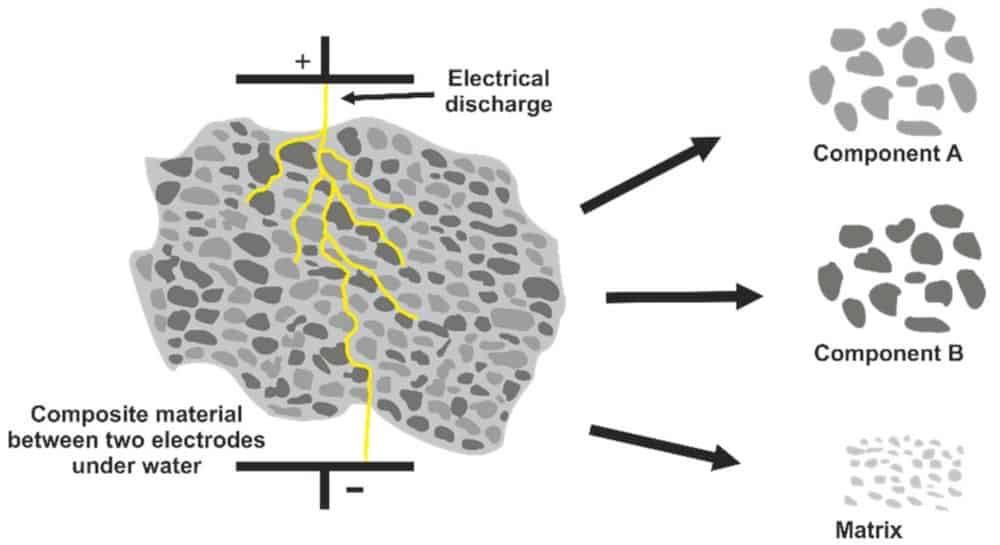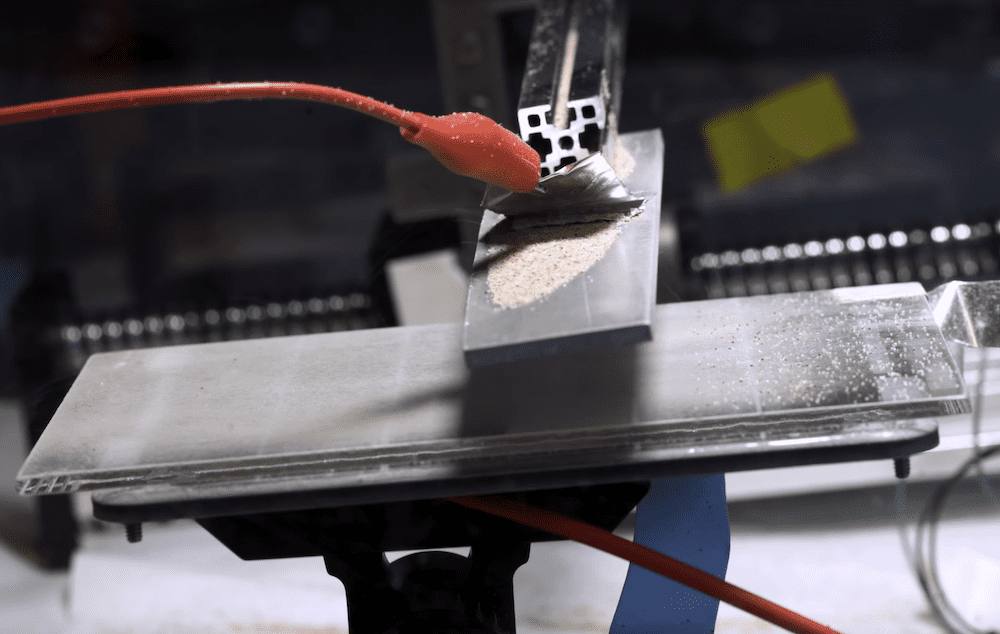Many of the world’s easily accessible freshwater sources are being drained faster than they are being replenished. In two recent papers, researchers led by Jilin University investigated the potential of a clay-based self-propelling nanomotor to purify water.
Read MoreIn honor of World Environment Day on June 5, we look at a few of the many important contributions by ceramic and glass scientists that move us toward a more sustainable and harmonious relationship with nature.
Read MoreTitanium dioxide is widely used as a photocatalyst due to its high catalytic activity, excellent chemical stability, low material cost, and minimal toxicity to humans. However, some researchers raised concerns that using TiO2 photocatalytic paints as a remediation technology to improve air quality may do more harm than good.
Read MoreWith sand in increasingly short supply, researchers are exploring alternative materials that can be used in the creation of concrete. Researchers from Nanyang Technological University, Singapore investigated the possibility of replacing sand and gravel with glass waste that would otherwise end up in landfills.
Read MoreIn contrast to corals, the crucial role that oysters play in global ocean health is often overlooked by the general public. Fortunately, governments, conservation groups, researchers, and oyster growers have started seriously investing in oyster restoration projects along the U.S. Atlantic and Gulf coasts. One project by Virginia-based Lynnhaven River NOW not only helps oysters but puts recycled concrete to good use.
Read MoreRecycling and reusing waste materials is one approach the refractories industry is pursuing to improve sustainability. Researchers at the Fraunhofer Institute for Building Physics have explored the potential of electrodynamic fragmentation to recycle composites, and their recent study looks specifically at the potential of this technique applied to refractory materials.
Read MoreCleaning solar panels currently is estimated to use about 10 billion gallons of water per year—enough to supply drinking water for up to 2 million people. Researchers at the Massachusetts Institute of Technology designed a waterless approach for dust removal from solar panels using electrostatic induction.
Read MoreCurrently, replacing conventional materials with carbon fiber-reinforced polymers typically increases life cycle energy use due to the energy-intensive fiber production process. A new prospective life cycle assessment suggests certain technological developments could lead to carbon fiber composites with lower environmental impact than glass fiber composites.
Read MoreMarine creatures are a great source of inspiration for materials scientists looking to develop stronger and better structures. Researchers led by Virginia Tech found that the skeleton of the Protoreaster nodosus starfish offers valuable insights into designing porous calcium carbonate.
Read More









